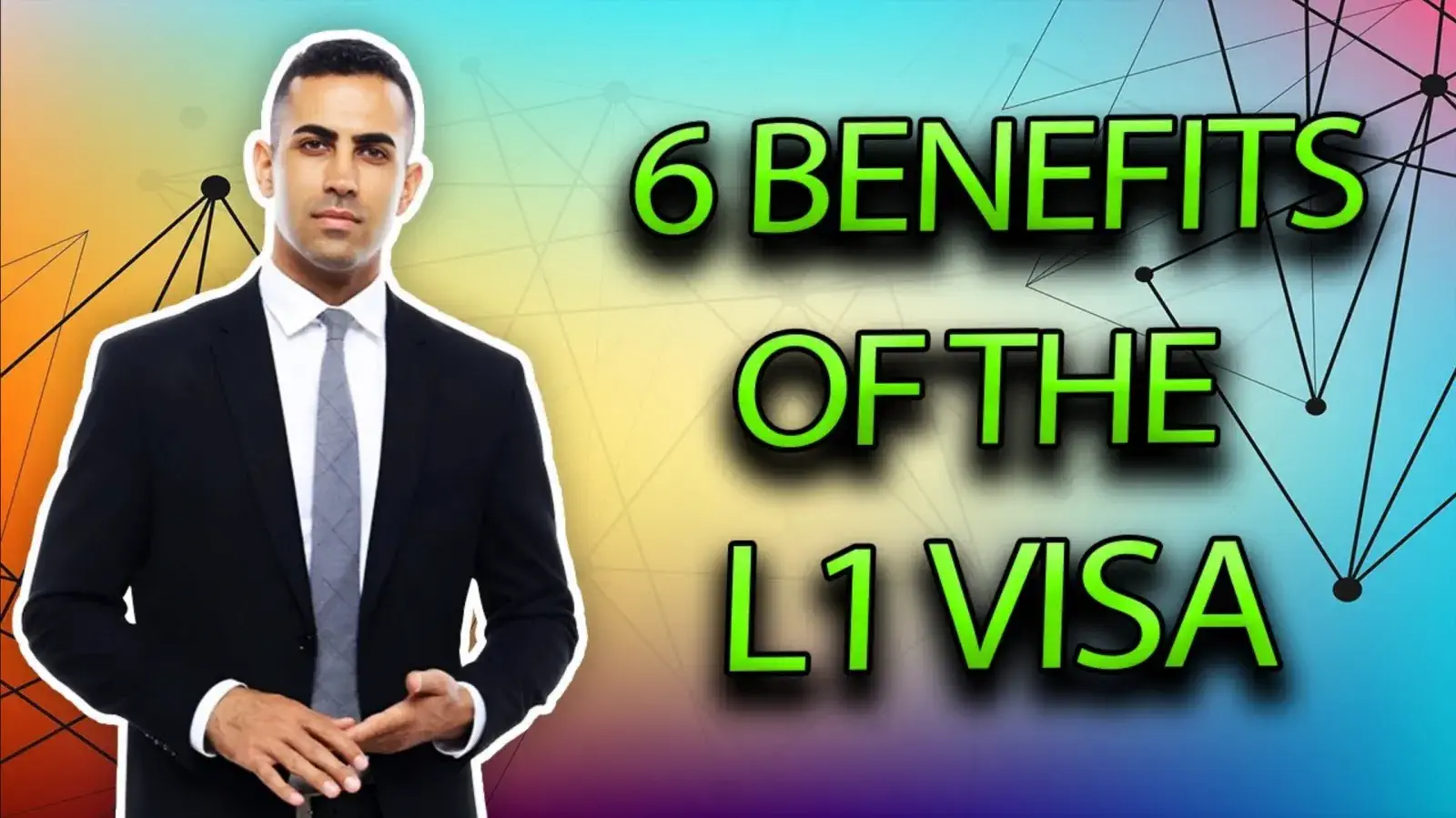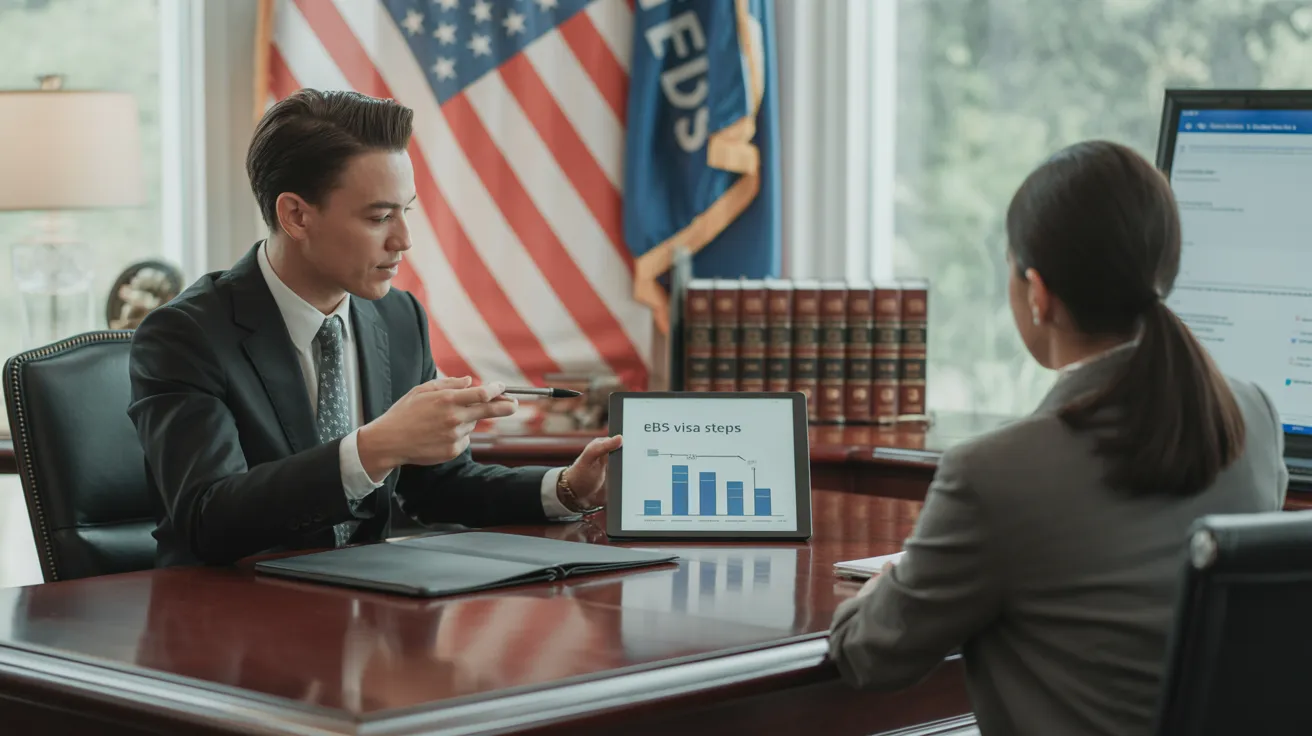Some Known Facts About L1 Visa.
Table of ContentsSome Ideas on L1 Visa You Should KnowThings about L1 VisaThe Basic Principles Of L1 Visa See This Report on L1 VisaThe 5-Minute Rule for L1 VisaThe Ultimate Guide To L1 Visa
Readily Available from ProQuest Dissertations & Theses Worldwide; Social Scientific Research Costs Collection. DHS Workplace of the Assessor General. Gotten 2023-03-26.
United State Department of State. Obtained 22 August 2016. "Workers paid $1.21 an hour to install Fremont technology company's computer systems". The Mercury News. 2014-10-22. Fetched 2023-02-08. Costa, Daniel (November 11, 2014). "Obscure temporary visas for international technology workers dispirit wages". Capital. Tamen, Joan Fleischer (August 10, 2013). "Visa Holders Change Workers".
What Does L1 Visa Do?
In order to be qualified for the L-1 visa, the foreign company abroad where the Beneficiary was utilized and the united state business have to have a qualifying relationship at the time of the transfer. The different sorts of certifying connections are: 1. Parent-Subsidiary: The Parent implies a firm, corporation, or various other lawful entity which has subsidiaries that it owns and controls."Subsidiary" implies a company, company, or other legal entity of which a parent has, straight or indirectly, more than 50% of the entity, OR has much less than 50% yet has monitoring control of the entity.
Example 1: Firm A is incorporated in France and uses the Recipient. Firm B is included in the united state and wants to seek the Recipient. Business A has 100% of the shares of Business B.Company A is the Parent and Firm B is a subsidiary. Therefore there is a certifying relationship in between the two business and Company B should be able to fund the Beneficiary.
Instance 2: Company A is integrated in the united state and wishes to petition the Recipient. Firm B is incorporated in Indonesia and employs the Beneficiary. Business A has 40% of Firm B. The remaining 60% is owned and regulated by Company C, which has no connection to Business A.Since Firm A and B do not have a parent-subsidiary partnership, Business A can not sponsor the Recipient for L-1.
Business A has 40% of Business B. The continuing to be 60% is owned by Firm C, which has no relationship to Firm A. Nevertheless, Company A, by official arrangement, controls and complete handles Business B.Since Company An owns less than 50% of Company B yet handles and regulates the company, there is a qualifying parent-subsidiary partnership and Business A can fund the Beneficiary for L-1.
Some Known Details About L1 Visa
Associate: An associate is 1 of 2 subsidiaries thar are both had and controlled by the exact same parent or person, or possessed and regulated by the exact same group of individuals, in essentially the exact same ratios. a. Example 1: Business A is integrated in Ghana and utilizes the Recipient. Firm B is included in the united state
Business C, additionally incorporated in Ghana, owns 100% of Business A and 100% of Firm B.Therefore, Firm A and Business B are "affiliates" or sister firms and a certifying partnership exists in between the 2 companies. Business B must have the ability to fund the Beneficiary. b. Instance 2: Company A is included in the united state
Firm A is 60% possessed by Mrs. Smith, 20% had by Mr. Doe, and 20% owned by Ms. Brown. Business B is included in Colombia and currently utilizes the Beneficiary. Company B is 65% owned by Mrs. Smith, contact us 15% had by Mr. Doe, and 20% owned by Ms. Brown. Business A and Firm B are affiliates and have a certifying relationship in two various methods: Mrs.
The L-1 visa is an employment-based visa classification developed by Congress in 1970, enabling international business to move their supervisors, executives, or essential employees to their United state procedures. It is generally referred to as the intracompany transferee visa.

In addition, the beneficiary has to have worked in a managerial, exec, or specialized staff member placement for one year within the three years coming before the L-1A application in the foreign business. For new workplace applications, foreign employment should have remained in a supervisory or executive capacity if the beneficiary is concerning the USA to function as a manager or executive.
Our L1 Visa Diaries

If given for an U.S. company functional for greater than one year, the initial L-1B visa is for up to 3 years and can be extended for an added two years (L1 Visa). Alternatively, if the united state firm is recently established or has been functional for much less than one year, the preliminary L-1B visa is issued for one year, with extensions readily available in two-year increments
The L-1 visa is an employment-based visa group developed by Congress in 1970, allowing international firms to move their supervisors, execs, or key workers to their United state procedures. It is generally referred to as the intracompany transferee visa.
Some Known Questions About L1 Visa.
In addition, the recipient must have operated in a managerial, executive, or specialized staff member position for one year within the three years preceding the L-1A application in the international business. For new workplace applications, international work must have been in a supervisory or executive capacity if the beneficiary is pertaining to the United States to function as a supervisor or contact us executive.
for as much as 7 years to manage the procedures of the U.S. associate as an executive or manager. If issued for an U.S. firm that has actually been operational for greater than one year, the L-1A visa is originally given for approximately three years and can be prolonged in two-year increments.
If provided for a united state firm functional for more than one year, the preliminary L-1B visa is for approximately three years and can be extended for an additional 2 years. Conversely, if the united state company is newly established or has been functional for less than one year, the first L-1B visa is provided for one year, with extensions offered in two-year increments.